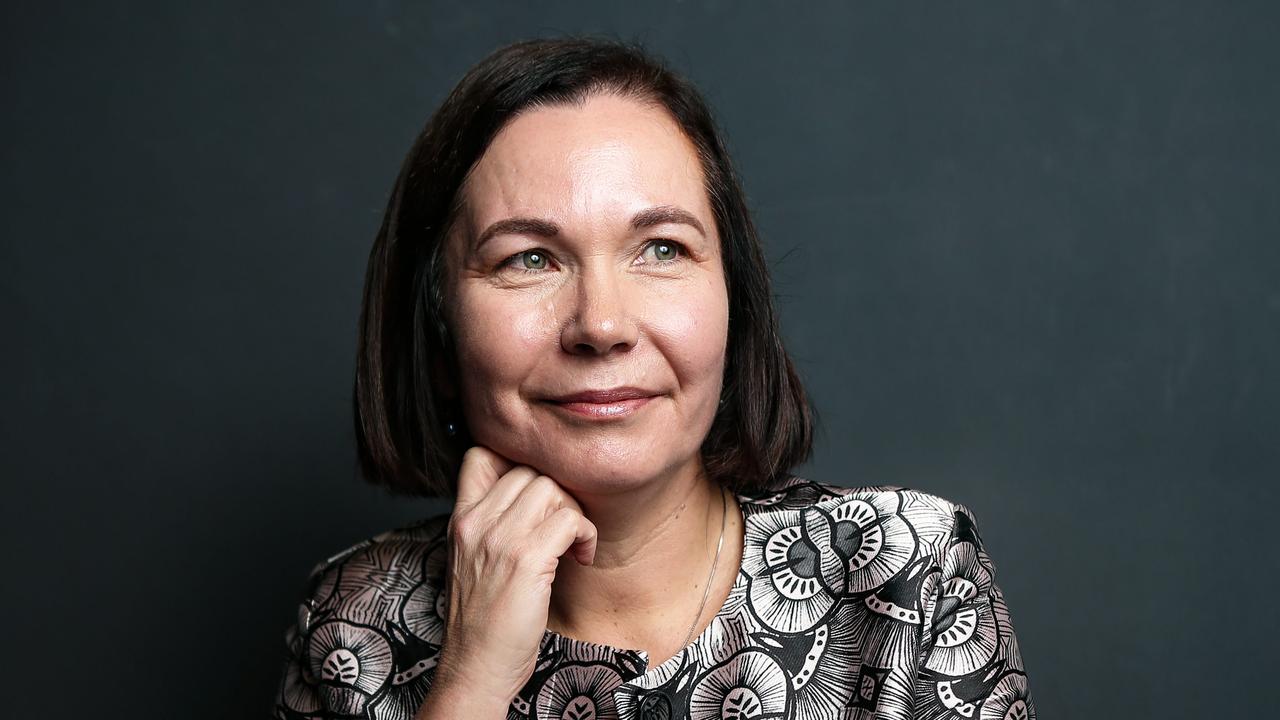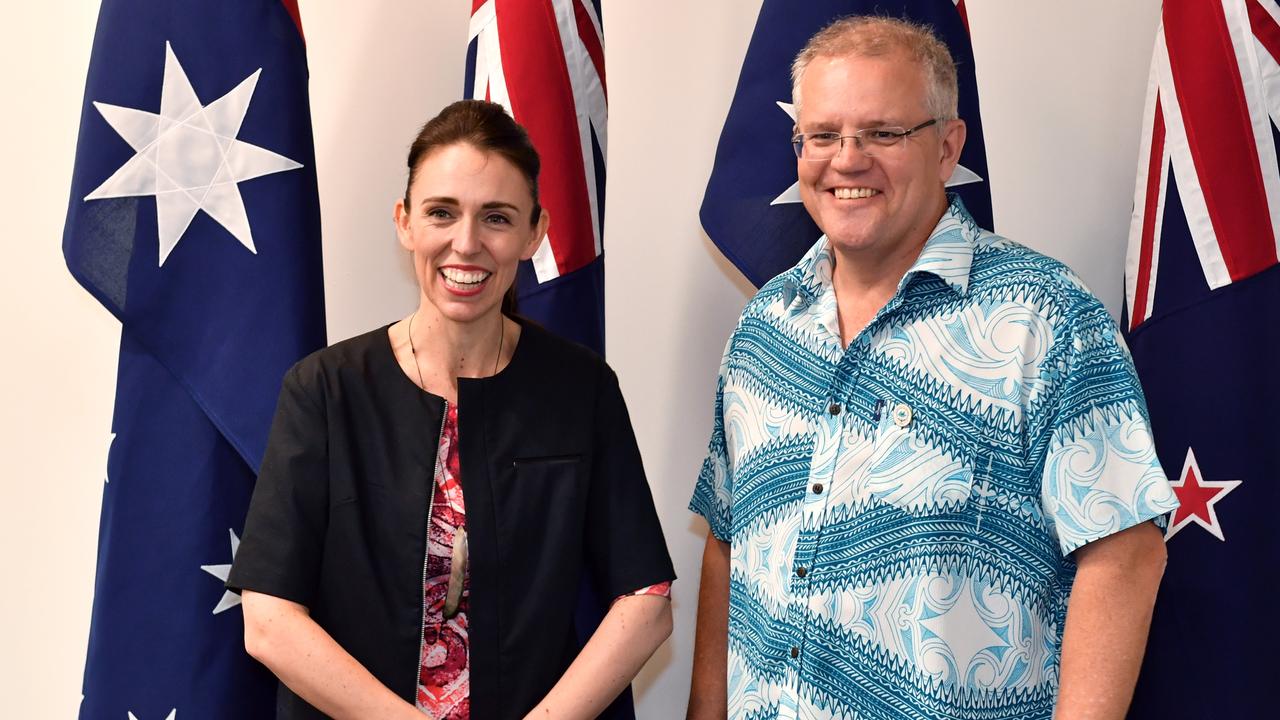SA power outage: Josh Frydenberg answers your questions

Dear readers - thank you for your interest in today’s Question and Answer session. Unfortunately the Minister was not able to answer all your questions. We hope to be able to give you a chance to put your questions directly to him again in coming weeks. This is part of The Australian’s increasing effort to give subscribers the ability to ask questions of leading politicians, business executives, sporting figures and our own journalists.
Public expects energy security
The total loss on Wednesday of South Australia’s electricity supply was a seismic event.
People were stuck in lifts, there was chaos on the roads and residents were huddled around candles while they were confined to their homes.
This is unacceptable in modern Australia and there must be a better way.
Energy security is non-negotiable and we are unapologetic in making it our foremost priority.
For too long much of the debate in this country regarding energy policy has focused on emissions reduction, namely how to reduce our carbon footprint to meet our climate change goals, as well as an ideological debate about increasing renewables, whatever the cost.
While a lower emissions future is undoubtedly important, it counts for little to the public if they are sitting in the dark.
We cannot trade away the reliability of the system as we transition to a low-carbon future because to do so would be far costlier in the long run.
This is why we need to understand what exactly took place in South Australia and the reasons behind it.
The preliminary advice to me from the Australian Energy Market Operator is that a once-in-50- years weather event, which included more than 80,000 lightning strikes across the state in one day, blew over more than 20 electricity transmission towers and “tripped” the two interconnectors — Heywood and Murraylink — that send electricity from Victoria to South Australia. But for that weather event, the blackout would never have occurred.
Questions, however, will be asked as to why the initial outage couldn’t be contained, preventing the blackout cascading across the state, and what measures should now be implemented to enhance the resilience of the system.
But regardless of the specific cause of this event, there are significant broader questions about the impact of the changing energy mix on the stability and reliability of the grid; in particular, how the increasing percentage of power generation from intermittent sources such as solar and wind creates large fluctuations in voltage and frequency, challenging the system.
In the words of the Australian Energy Market Commission earlier this month, “the system strength has been reducing” as wind and rooftop solar “have low or no physical inertia and are therefore currently limited in their ability to respond to sudden large changes in electricity supply or consumption”. This is unlike hydro, gas and coal, which by their nature “maintain a consistent operating frequency and maintain the strength of the system in localised networks”.
It was this issue that AEMO identified as most acute in South Australia, as its reliance on wind and solar at 41 per cent of power generation is extremely high and coal and gas-fired power stations at Northern and Pelican Point recently closed.
With South Australia and other states hurtling towards ever higher and aggressive state-based renewable energy targets, it is now time they heed the warnings of our independent energy market experts.
It is quite irresponsible for the Queensland government, with 4.4 per cent of the state’s power presently generated by renewable energy, to commit to a 50 per cent target by 2030; or for the Victorian government, with 12 per cent renewable energy today, to commit to a 40 per cent target by 2025 without a clear and practical road map for getting there with energy security guaranteed.
At the last Council of Australian Governments energy ministers meeting, the commonwealth, states and territories agreed to work on better understanding the impacts state-based renewable targets are having on stability and pricing in the system.
This work may be very important in the federal government’s attempt to harmonise the renewable targets.
At a federal level, it is worth noting Bill Shorten’s Labor opposition has shown scant regard for the importance of energy security, promoting a 50 per cent renewable energy target by 2030, seeing it as a quick way to win votes and shore up his left flank against the Greens. Shorten and Labor give no indication they have considered the implications of this thought bubble.
In contrast, the Coalition has a 23 per cent renewable energy target by 2020, which is not only achievable but can be done in a way that ensures energy security is maintained.
Australia is transitioning to a lower emissions future, and this is a good thing.
But the method for getting there is vitally important. It is here that the federal and state governments must act more in concert, and the states take more responsibility for the impact of their renewable energy targets.
At all times a premium must be placed on the reliability and affordability of the supply of energy because, after the recent events in South Australia, the Australian people expect nothing less.



To join the conversation, please log in. Don't have an account? Register
Join the conversation, you are commenting as Logout